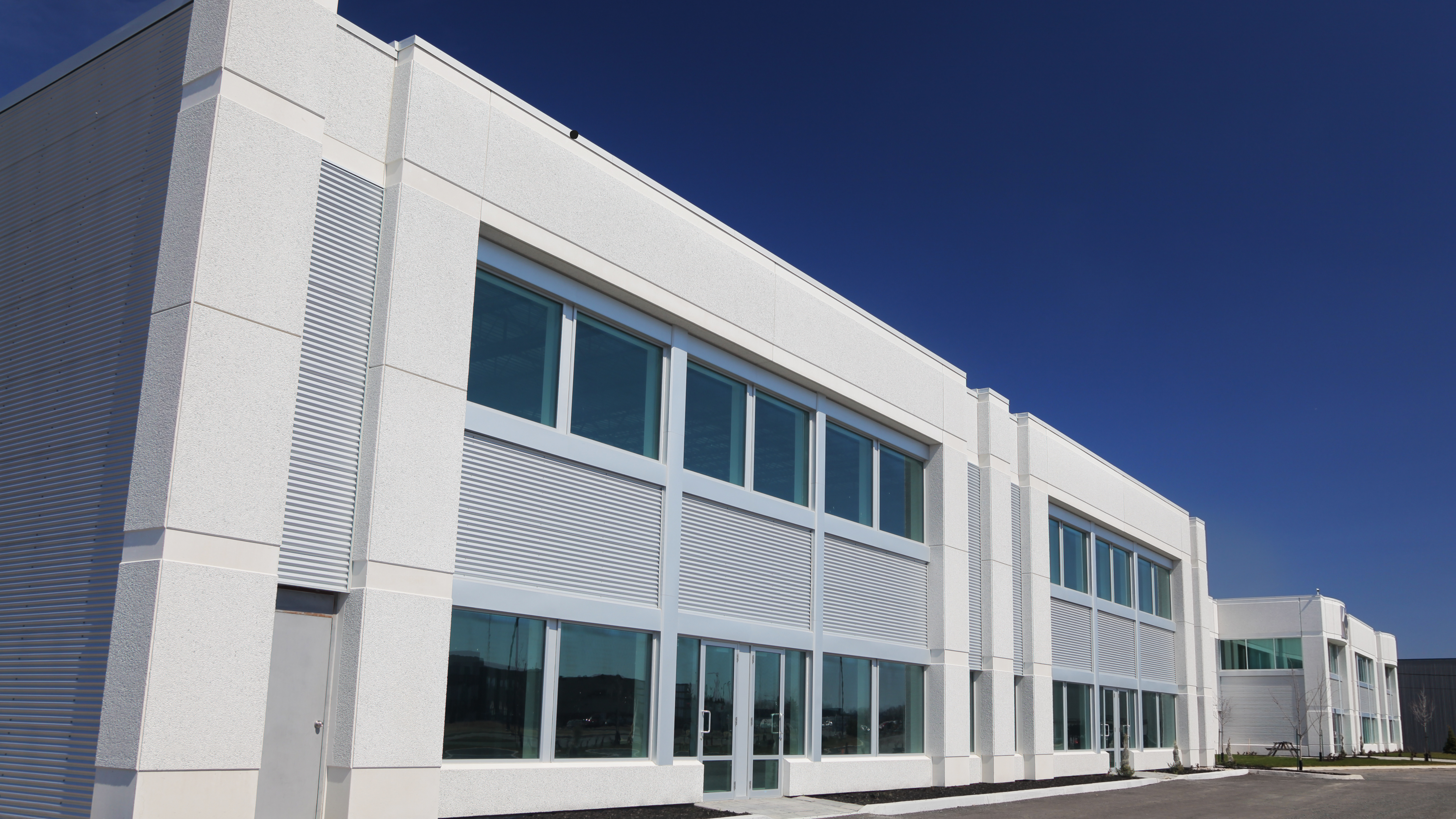COMMERCIAL PAINTING

WHAT IS COMMERCIAL PAINTING?
Commercial painting involves the application of paint, coatings, or finishes to enhance the appearance and durability of commercial properties. Unlike residential painting, it typically requires specialized skills, equipment, and materials to meet the demands of large-scale or high-traffic spaces.
BENEFITS OF COMMERCIAL PAINTING
Enhanced Aesthetic Appeal: A fresh coat of paint can transform a dull commercial space into a visually appealing environment, attracting customers and clients.
Increased Property Value: Well-maintained and freshly painted commercial properties have higher market value, making them more attractive to tenants and buyers.
Protection Against Damage: Quality paints and coatings protect surfaces from environmental factors such as moisture, UV rays, and corrosion, extending the lifespan of building materials.
Improved Branding: Customized color schemes can reflect a company’s brand identity, creating a cohesive and professional appearance.
Boosted Employee Morale: A well-painted workplace fosters a positive and motivating environment for employees.
THE PROCESS OF COMMERCIAL PAINTING
Planning and Consultation:
- Evaluate the property’s condition and specific requirements.
- Develop a detailed plan, including budget, timeline, and color selection.
Surface Preparation:
- Clean surfaces to remove dirt, grease, or old paint.
- Repair cracks, holes, or damages for a smooth base.
- Apply primers to ensure proper paint adhesion.
Paint Application:
- Use appropriate tools, such as sprayers, rollers, or brushes, depending on the surface.
- Apply multiple coats for uniform coverage and durability.
Inspection and Touch-Ups:
- Assess the painted areas for any inconsistencies or imperfections.
- Perform touch-ups to ensure a flawless finish.
Clean-Up and Maintenance:
- Clean the site and remove any debris or unused materials.
- Provide maintenance tips for long-lasting results.
KEY CONSIDERATIONS FOR COMMERCIAL PAINTING
Choosing the Right Contractor:
- Select professionals with experience in commercial painting projects.
- Verify licenses, insurance, and references.
Selecting High-Quality Materials:
- Invest in durable and environmentally friendly paints.
- Consider specialized coatings for additional protection, such as anti-corrosion or fire-resistant finishes.
Minimizing Disruptions:
- Schedule painting activities during non-operational hours.
- Communicate effectively with staff and clients about project timelines.
Compliance with Safety Standards:
- Ensure the use of proper safety equipment and adherence to regulations.
- Address ventilation and chemical handling to protect workers and occupants.
Sustainability:
- Opt for low-VOC (Volatile Organic Compounds) paints to reduce environmental impact.
- Implement waste management practices during the project.
TRENDS IN COMMERCIAL PAINTING
Innovative Paint Technologies: Self-cleaning, anti-graffiti, and heat-reflective paints are becoming popular for their added functionality.
Color Psychology in Business: Businesses are leveraging color psychology to influence customer behavior and enhance brand recognition.
Eco-Friendly Solutions: Sustainable materials and practices are in demand to align with global environmental goals.
